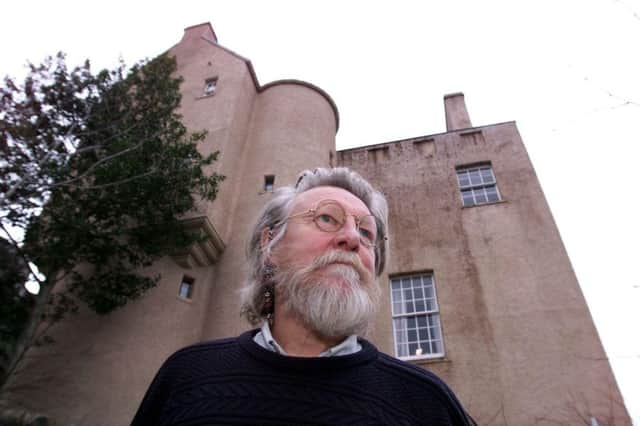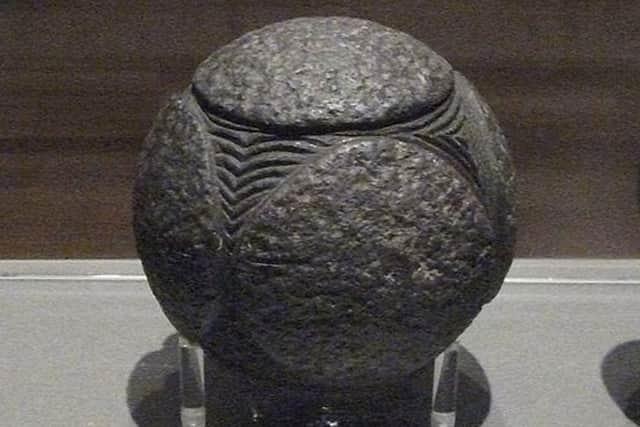Highlands to get ‘Neolithic’ inspired planetarium


Ian Begg, whose work includes the St Mungo Museum of Comparative Religion at Glasgow Cathedral, said he would like to see the structure, which would have a teaching unit and an arts facility, built between Kyle of Lochalsh and the Skye Bridge.
Hundreds of stones, measuring 75mm across have been found in Scotland, most in the east, from the Moray Firth to the Tay. The most famous is the Towie Stone found in Aberdeenshire, which dates from 3,200-2,500 BC.
Advertisement
Hide AdAdvertisement
Hide AdMr Begg, from Plockton, said he believes the 5,000 year old spheres could have been an ancient form of “rubik cube” for solving complex geometrical problems, possibly for building.


The stones are carved with the regular solids “discovered” by Plato which were believed to form the basic components of elements. But the stones in Scotland were made long before Plato devised the concept.
Mr Begg said: “My idea for the design, a sphere within a cube building, is based on the Neolithic stones which have always fascinated me. There have been around 400 discovered. It is fascinating to think that these early people were carving these balls even before the pyramids were built in Egypt.
“These stone balls are very important and shows what we’ve seen demonstrated by Pythagorus nearly 2,000 years after the Scots.”
Mr Begg is aiming to see the project financed from donations from institutions, trusts and businesses with an interest in science and the arts.
Professor John Brown, Astronomer Royal for Scotland, said: “I find Ian’s ideas for this project on The Plock, Kyle of Lochalsh truly inspired and inspiring. His vision of using the petrosheres geodesic (stones) concept as the shell of a building embracing a planetarium and tidal science displays, and related work from the arts, is quite brilliant.”
Malcolm Roughead, chief executive of VisitScotland, said: “We’re excited to hear about Ian Begg’s plans for a planetarium between Kyle of Lochalsh and the Skye Bridge.
“With some of the clearest night skies anywhere in Europe, Scotland is the perfect destination to gaze at the stars and beyond.”